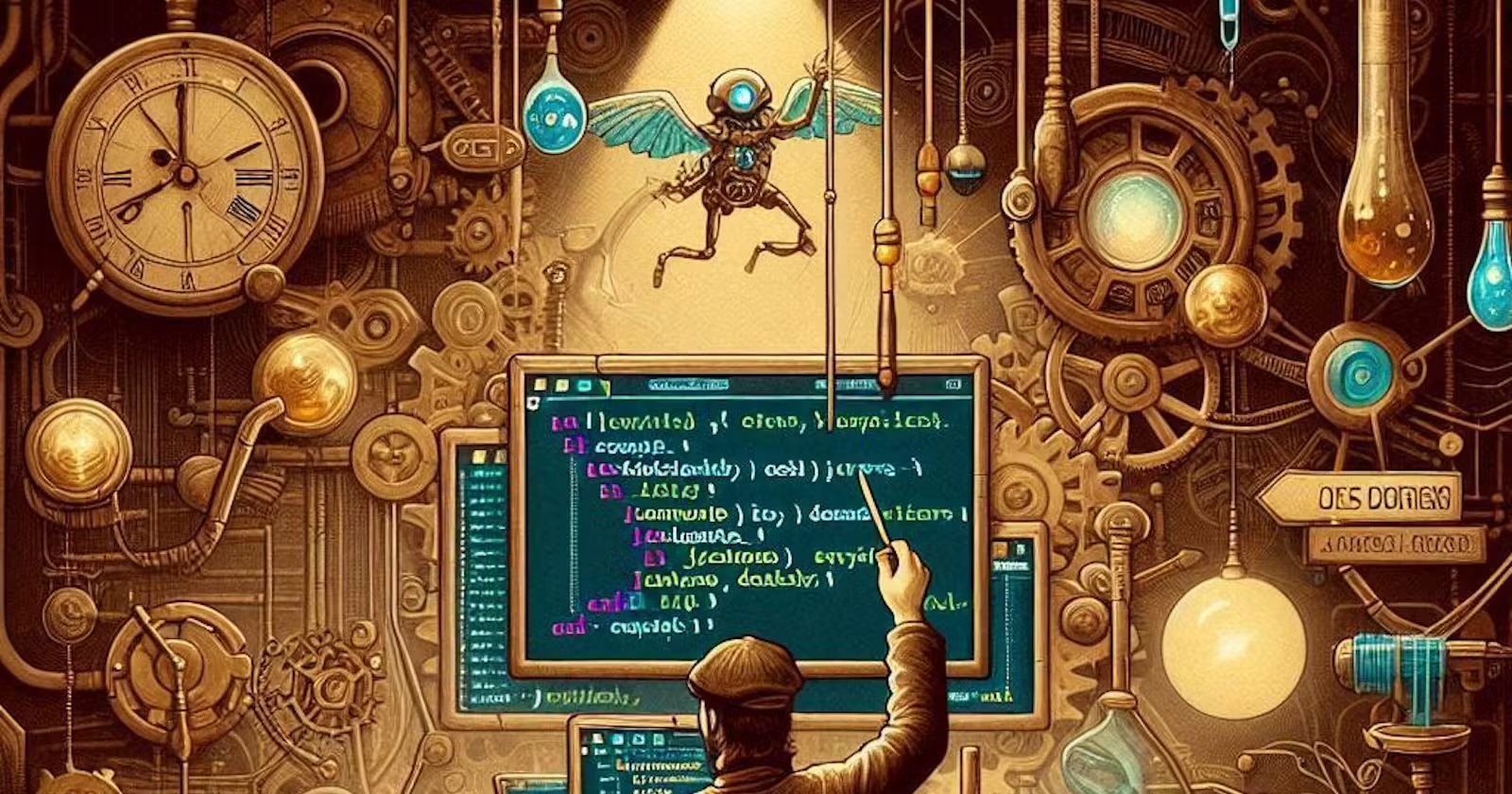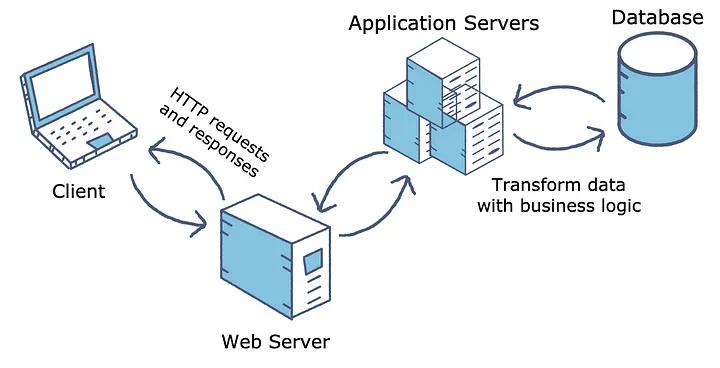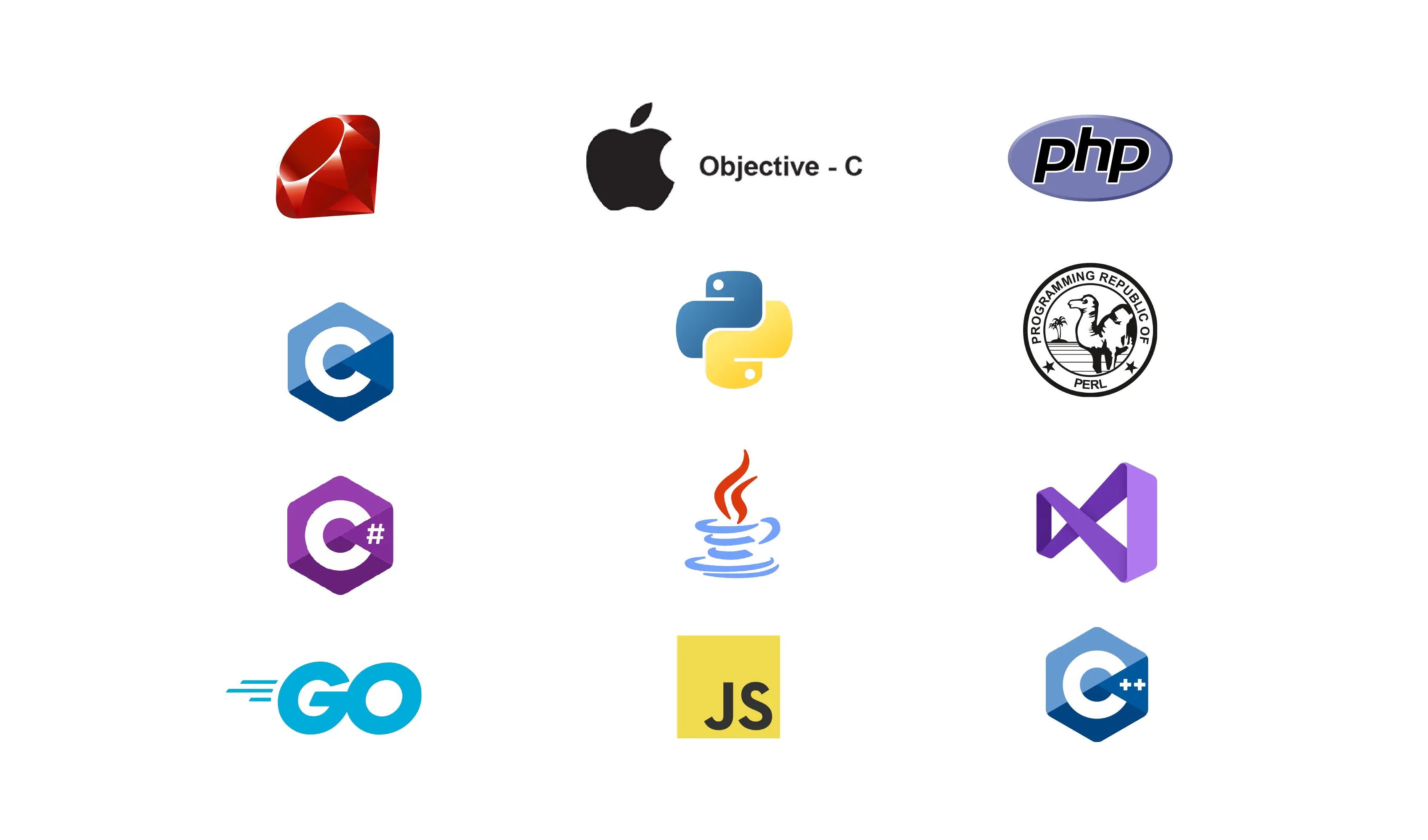Backend Developers: The Unsung Heroes Architecting the Digital World
 Mujeeb Lawal
Mujeeb Lawal
In the dazzling realm of modern technology, where sleek user interfaces and captivating animations often steal the limelight, there exists a cadre of digital maestros whose work remains largely unseen, yet forms the very bedrock of our online experiences. These are the backend developers – the unsung heroes who architect, build, and maintain the intricate systems powering everything from the apps on your smartphone to the global platforms that connect billions.
The Brain Behind the Beauty
Imagine discovering your next binge-worthy series on Netflix, or seamlessly ordering groceries on Instacart. The visual allure and intuitive interactions might catch your eye, but it's the backend that makes these experiences truly magical. As Linus Torvalds, the creator of Linux, aptly puts it, "The backend is where the real work happens, managing data and transforming it into something useful."
Consider Netflix's recommendation engine, a marvel of backend engineering. It sifts through petabytes of data, analyzing your viewing history, preferences, and even the time of day you watch, to serve up personalized suggestions that keep you engaged. This isn't just clever frontend design; it's the result of complex algorithms, machine learning models, and data pipelines meticulously crafted by backend developers.
Or take Instacart's real-time inventory and delivery systems. Backend developers have orchestrated a symphony of APIs, databases, and microservices that track inventory across thousands of stores, match orders with nearby shoppers, and optimize delivery routes – all while handling millions of concurrent users.
The Architectural Triad: Application, Server, and Database

At the heart of backend development lies a triad of components that form the architectural foundation of digital experiences:
The Application: Built with languages like Python, Java, or Node.js, it's the cerebral cortex processing requests and executing business logic. When you click 'Buy Now' on Amazon, it's the application that verifies your account, checks product availability, and initiates the order process.
The Web Server: Acting as the central nervous system, it manages communication between the application and user devices. Frameworks like Express.js for Node.js or Flask for Python empower developers to build robust, scalable server architectures.
The Database: This is the long-term memory, storing and organizing data. Backend developers leverage relational databases like PostgreSQL for structured data (like product catalogs) and NoSQL databases like MongoDB for more flexible, unstructured data (like user session data or IoT sensor readings).
"At the heart of every great tech company is a rock-solid backend that can scale and adapt to changing business needs," says Satya Nadella, CEO of Microsoft. "Backend developers are the architects responsible for building that foundation."
Masters of Scale: The Backend Developer's Odyssey
In the realm of tech startups and unicorns, the ability to scale is often the difference between meteoric success and obscurity. Here, backend developers are the unsung guardians of growth, architecting systems that can seamlessly transition from serving hundreds to millions of users.
Consider the backend challenges faced by Uber, a company that disrupted transportation globally. "Our backend infrastructure needs to handle millions of requests per second while providing a seamless experience for riders and drivers," explains Thuan Pham, CTO at Uber. "Our backend developers constantly push the boundaries of scalability and performance, leveraging cutting-edge technologies and best practices."
This scalability isn't just about handling raw numbers; it's about maintaining performance under pressure. Backend developers employ an arsenal of techniques – from database indexing and query optimization to caching strategies and load balancing – to ensure applications remain responsive even under the heaviest loads.
The DevOps Dance: Agility in Action
In the fast-paced tech landscape, agility is key. Backend developers are at the forefront of the DevOps revolution, breaking down silos between development and operations. They embrace continuous integration and deployment (CI/CD) pipelines, automating builds, tests, and deployments to deliver features and fixes rapidly without compromising quality.
This agility allows companies to iterate quickly, respond to user feedback, and stay ahead of the competition. When Netflix deploys multiple code changes daily without service disruption, or when Spotify releases new features to millions of users seamlessly, it's the result of backend developers orchestrating a finely-tuned DevOps dance.
Architects of the Future: Emerging Tech on the Backend Horizon

As we stand on the cusp of a new technological era, backend developers are the vanguards shaping the future of digital innovation. They're not just adapting to emerging trends; they're driving them forward.
Serverless computing is revolutionizing backend development, allowing developers to focus purely on code without the overhead of server management. As Amazon CTO Werner Vogels notes, "Serverless is the ultimate expression of what the cloud is all about. It's a complete disassociation with the underlying infrastructure." However, this shift also brings challenges, like managing cold starts and adapting to a stateless architecture.
Containerization technologies like Docker and Kubernetes are redefining application deployment and resource management. They ensure consistency across environments, simplify scaling, and enable microservices architectures. Yet, mastering these tools demands a deep understanding of distributed systems and orchestration.
The integration of AI and machine learning into backend systems is perhaps the most transformative trend. "The future of backend development lies in embracing emerging technologies like AI/ML," says Andrew Ng, co-founder of Coursera and former Chief Scientist at Baidu. "These innovations will enable developers to build more scalable, intelligent, and cost-effective systems."
From predictive analytics and personalized user experiences to automated decision-making and self-healing systems, AI/ML is redefining what's possible. However, this power comes with responsibility. Backend developers must navigate the ethical implications, ensuring data privacy, mitigating bias, and building AI systems that are fair and transparent.
Forging Your Path in Backend Development
For those inspired to embark on this rewarding journey, the path to becoming a backend developer is rich with opportunities for learning and growth.

Start by mastering a server-side language like Python, Java, C# or Node.js.
Online platforms such as freeCodeCamp, Codecademy, and Udemy offer structured learning paths with hands-on projects that simulate real-world challenges.
"Start by building projects and contributing to open-source repositories," advises Kent C. Dodds, Director of Developer Experience at Remix Software. "Hands-on experience is the best way to solidify your backend skills and understand real-world challenges."
Dive into databases, learning both SQL (MySQL, PostgreSQL) and NoSQL (MongoDB) to understand when to use each. Familiarize yourself with API design principles, version control with Git, and cloud platforms like AWS, Azure, or Google Cloud.
Consider enrolling in a comprehensive coding bootcamp or pursuing a computer science degree for a broader foundation. But don't stop there. The tech world thrives on community and collaboration. Attend industry events, join local tech meetups, and seek mentorship from experienced developers.
"Cultivate problem-solving skills, attention to detail, and a passion for continuous learning," emphasizes Sarah Drasner, Vice President of Cloud Advocacy at Google. "These traits will serve you well in this ever-evolving field."
Conclusion: The Invisible Force Shaping Our Digital Destiny
In our digital-first world, where seamless experiences are the currency of success, backend developers are the unsung heroes architecting the very fabric of our online interactions. While frontend ingenuity captivates the eye, it's the backend that breathes life, intelligence, and resilience into every digital experience.
As Jeff Bezos, founder and former CEO of Amazon, aptly put it, "A brand is what people say about you when you're not in the room. Our backend systems are the foundation that enables Amazon to deliver exceptional customer experiences." These words resonate deeply in the tech world, where backend systems are often the unsung heroes driving customer satisfaction and business success.
So, the next time you marvel at the effortless convenience of your favorite app, the uninterrupted streaming of a Netflix series, or the swift and secure checkout on an e-commerce site, pause to appreciate the backend developers behind the curtain. Their tireless dedication, technical prowess, and relentless pursuit of innovation are the driving forces that shape our digital landscape, one line of code at a time.
In an age where digital experiences define our interactions, backend developers are not just coders; they are the architects of our digital future, the guardians of our online experiences, and the unsung heroes powering the invisible infrastructure that connects, empowers, and enriches our lives. As we venture further into this digital frontier, it is their expertise, their vision, and their unwavering commitment to excellence that will continue to push the boundaries of what's possible in our ever-evolving digital world.
After all, not all heroes wear capes. Some wear hoodies, sip coffee, and write the code that makes our digital dreams a reality.😎
Subscribe to my newsletter
Read articles from Mujeeb Lawal directly inside your inbox. Subscribe to the newsletter, and don't miss out.
Written by
